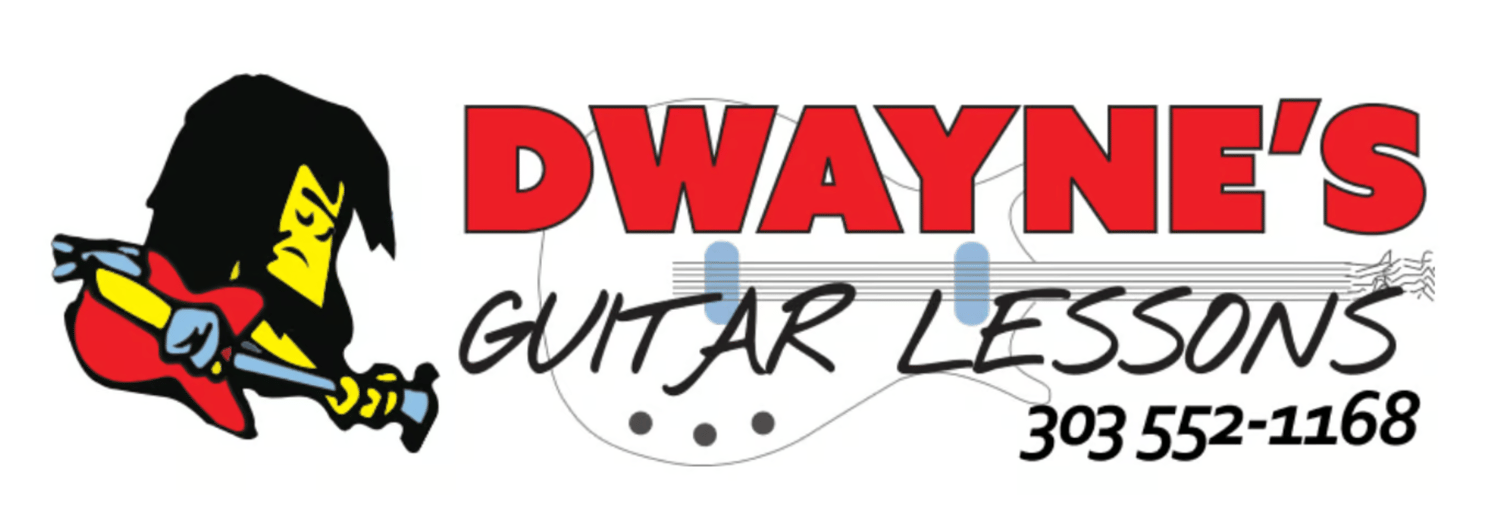In today's lesson, we will look at how to avoid finger strain when starting on the guitar. Finger soreness is common for beginners, as their fingers are not yet accustomed to pressing down on the strings. However, with consistent practice, your fingers will develop calluses, and the discomfort should decrease over time. The best way to achieve this is through finger exercises.

What Are Finger Exercises?
These are specially designed routines for improving finger strength, dexterity, independence, and speed, which are crucial for playing the guitar proficiently. These exercises typically involve repetitive motions and patterns that engage all fingers, helping to develop muscle memory and improve coordination across the fretboard.
These exercises are aimed at making transitions between chords and melody lines smoother and more accurate. Regular practice of these exercises not only aids in overcoming technical challenges but also increases self-confidence and efficiency in playing multiple musical styles.
Finger Exercise #1:

In this first exercise, you will start on the first string and proceed across the fretboard. Although it only shows three strings, you want to proceed through all six. It is also recommended that you use all four fingers for maximum efficiency. This is the purpose of these exercises: to develop strength in your fingers, as well as finger independence.
Start with your index finger on the first string 5th fret, then proceed to the 6th fret with your second finger, then proceed with your ring finger on the 7th fret, and then finish with your pinky on the 8th fret. Then repeat the process on the following five strings. The pinky might be a bit tough, so if need be, take it slow and work at it. It will get easier over time.
Finger Exercise #2:

In this exercise, you do something similar, except you start on the sixth string. You also use what is called an open note. An open note is when you play a string without putting a finger on a fret. In this example, it is the low E string. What is good about this exercise is that you only need to use the first three fingers.
You start with the 6th string open, then your first finger plays the 1st fret on the 6th string, then you proceed with the 2nd finger on the 2nd fret, then you proceed with the ring finger or 3rd finger on the 3rd fret. As before, you then proceed to do this with all six strings.
This allows you to use and learn about the open string, and allows you to move throughout the fretboard in the opposite direction. Listen to how the notes sound differently in this exercise as opposed to the last one, where you started on the 1st string, 5th fret. This gives you a chance to feel how the strings feel here in this position, which is a very common place to play on the fretboard.
Finger Exercise #3:

This exercise uses the first few frets of the fretboard like the last one, but with a different application. Here you start on the 1st string and work your way up to the 4th string, and then back down to the first. Once again, using all four fingers. You also get a chance to move up the fretboard as you do so.
In this example, you start at the 2nd fret on the 1st string with your 1st finger, then proceed to the 3rd fret on the 2nd string with your middle finger, the nproceed to the 4th fret on the 3rd string with your ring or 3rd finger, then proceed to the 5th fret on the 4th string with your pinky. Then work your way in reverse.
Now, the pinky is hard to get to the 5th fret, so if you can't do that, feel free to skip it. But I recommend you give it an honest attempt. Remember, these exercises are designed to build finger strength and finger independence. Approaching the fretboard in this way will do just that.
Finger Exercise #4:

This exercise is very much like the first one. Except you start on the 6th string and work your way up to the first string. You also change up the order of the notes. This will help to build finger independence because each finger is getting a chance to take the lead.
You start at the 5th fret on the 6th string with your first finger, you then play the 7th fret with your 3rd finger, then proceed to the 6th fret with your 2nd finger, then proceed to play the 8th fret with your pinky, or little finger. This helps to separate your fingers and have them work independently.
Finger Exercise #5:

This exercise is very similar to the one that was played like this before. Finger exercise #3. Except that you move in the opposite direction. Use the same four fingers as before, except start on the 3rd fret of the 6th string. Then, proceed to move up the fretboard as you had done before.
By doing these types of routines and patterns, you not only exercise your fingers, but you also get to listen and get familiar with how the notes sound throughout different parts of the fretboard. This helps ot also build ear training. Which is also very important when it comes to learning to play the guitar.
Avoid Finger Strain: Conclusion
By working daily on these exercises and developing better finger movement, you can embark on your guitar learning journey with greater confidence and clarity. As your fingers develop, your mind and ears develop as well. As you go through these patterns, you get stronger, and the muscle memory builds faster. Remember, all this can only be done through patience and practice daily.
So, make sure to give yourself some time to work on these. I recommend working on them for a few minutes when you pick up your instrument. It gets the blood flowing through the fingers and helps to stretch out the muscles for playing chords and single-note melody lines. They can become your best allies in mastering this versatile instrument if you give them a chance and reduce and eliminate finger strain.
Private Instruction Is Also Available If Needed
If you feel you could use some one-on-one help with your guitar playing, I also offer private guitar instruction. This approach to learning can be highly beneficial to many aspiring players, no matter age or skill level. Lessons are meticulously designed to cater to your unique needs and goals. Expert instruction offers tailored guidance and support, ensuring that each session is focused on maximizing your potential and accelerating your progress.
Whether you're looking to enhance specific skills, overcome challenges, or achieve new milestones, my individualized approach provides the flexibility and attention necessary for success. Experience the benefits of personalized education and unlock your full potential with one-on-one sessions today. Book your session now to start your journey toward personal and professional growth.
Thank you for your time, and let me know if you have any questions.
Until our next guitar lesson, take care.
Sincerely, Dwayne Jenkins.


